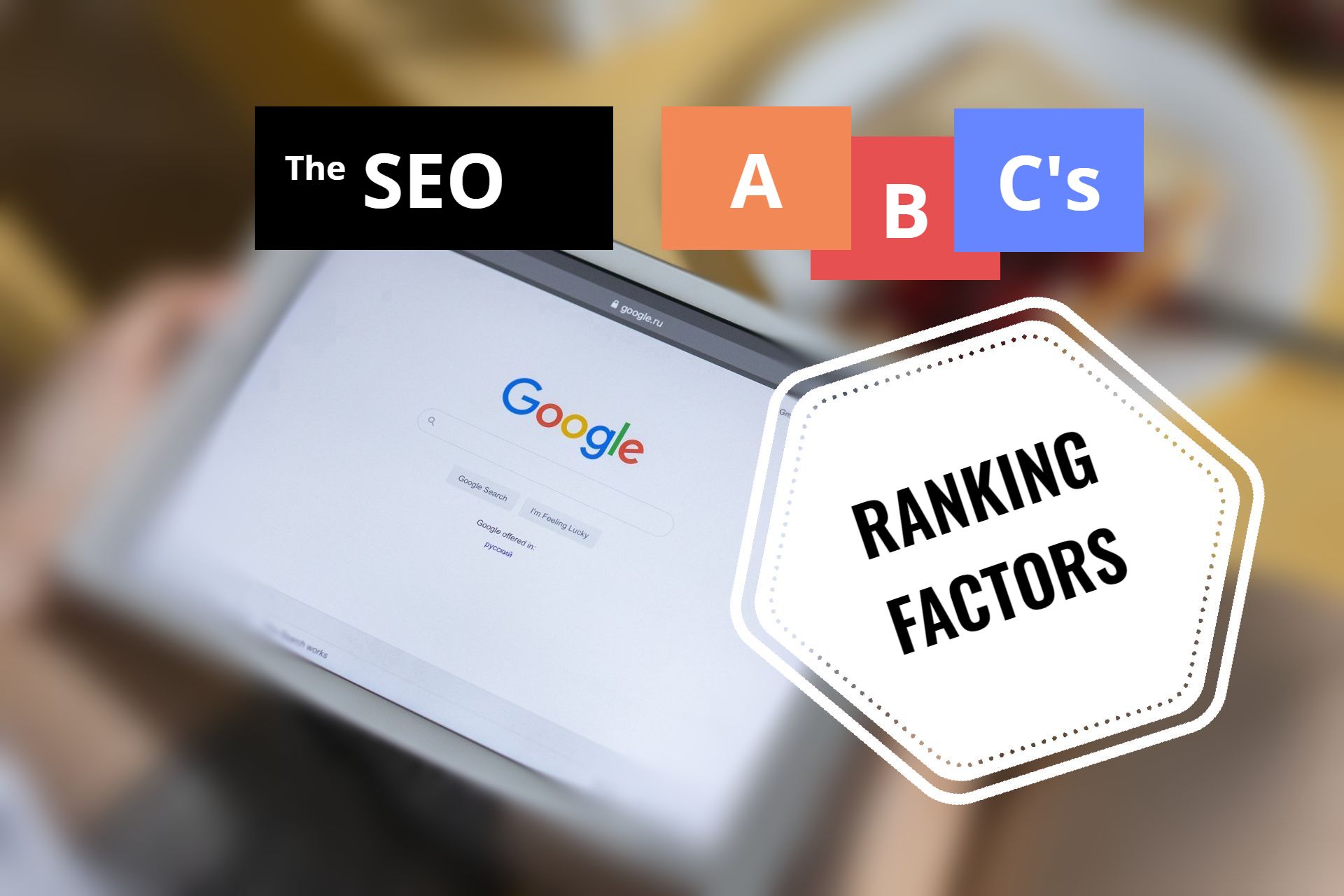
Trademark and Imagery Use Missteps for Copywriters to Avoid

So, you’re at it again. Another typical day in marketing, with the latest ad campaign in the queue for its final push over the finish line. Just a blessing and a click to go, and it’s out there for the world to see. “No problem,” you think to yourself; after all, you’ve done these reviews a million times.
The grammar looks fine, and so does the spelling. So far, so good. The topic and messaging are strategically on point. And, wow, your colleagues outdid themselves on the SEO (search engine optimization). It looks like go time! But could there be a stumbling block you’re unknowingly but consistently tripping over?
Often, it’s the things most familiar that tend to go unnoticed. Likewise, potential issues with your promotional content are often lurking within its most common components! And if left neglected, your business could eventually face unexpected and unsavory repercussions. So, with this in mind, here are a few things worth a closer look at before you hit that “publish” button. Let's get started!
Upon Further Review
Marketers have many excellent tools to attract and engage their target audiences. Yet, regardless of the targeted objective or media platform, one practical element that promotional content consistently incorporates across all platforms is imagery! Often, these images will be the first thing to grab your audience’s attention.
As a marketer, you’ve probably embedded countless images (still or video) in your promotional assets, choosing each to fit your narrative and help breathe life and emotion into it. Beyond that, are you sure you thoroughly vetted them before going live? And do you have the resources needed to do so now?
To help better guide your imagery selection and avoid problems down the road, here are some key things to consider.
Five Suggestions for Your Imagery Approval Checklist
1. Recognizable faces
In some instances, staff or employee-generated photos/videos capture identifiable faces of individuals (e.g., employees, visitors, etc.). When this occurs, it may be in your interest to obtain written permission (a Release) from each individual to use their likeness. With the proper legal guidance, this step can be quick and easy and help avoid situations that could otherwise interrupt or alter your campaign should someone object.
2. Third-party Brands & Logos
As with faces, images may display visibly identifiable third-party branding. Some may be so familiar that they go unnoticed; some may even belong to a competitor! Although their appearance may, at the moment, be considered “incidental” or a “courtesy,” the capturing of others’ brand names as part of your promotional collateral could create the appearance of an endorsement, cooperative advertisement, or some other collaboration with the brand owner.
While it may seem inconsequential, consider that an implied endorsement may, among other things, a) not align with your company’s strategic planning, values, or mission statement, b) confuse, distract from, or dilute the intended messaging, c) compromise a current or prospective customer, vendor, or distributor relationship, d) conflict with a contractual obligation or, e) create or amplify conflict with the brand owner.
In short, unless there is an intentional and well-vetted decision to capture a third party’s brand, it may be best to remove it before publishing or otherwise discuss your options with appropriate legal counsel.
3. Trade Secrets
Be alert to images, particularly internally-generated ones, of settings that may capture and inadvertently disclose valuable information that could compromise your company’s competitiveness. This disclosure could include operational plans, production processes, proprietary formulas, etc.
Imagine publishing a photo of your R&D team only to realize that your company’s most prized product formulas were legibly reflecting off a glass window in the background. It may sound “out there,” but you get the picture.
4. Spotlight on Safety
Where applicable, be sure that any activity depicted in promotional images aligns strictly with your product’s use instructions and safety disclosures, as well as adherence to any associated agency standards (such as OSHA). Publication of depictions contrary to these has the potential to a) undermine your company’s safety culture and goodwill and b) result in and be used to support a product-related personal injury or property damage claim.
Remember, this also applies to videos, such as in-house “how-to” and outside influencer productions.
5. Proper Rights
Lastly, while it may go without saying, be sure you have the right to any stock images acquired from online providers. While in many cases, external providers offer images for a nominal charge or “free,” they may come with restrictions/limits that might conflict with your intended use. Best to read the fine print or check with counsel before downloading.
What’s in a Name
It’s safe to say that protected trademarks, like all intellectual property, are pretty darn valuable to the companies that own them. Most will vigilantly watch over them. And should others be found misusing or using them without permission, they’ll quickly call it out! That’s simply good business. But when it comes to their promotional content, some companies may be surprised that their trademark use oversight is less than ideal.
One typical example is the “conversational” use of a trademarked brand name that occurs when it's left without an accompanying word for the general item class it specifies. For example, consider this made-up banner ad that pitches a fictitious brand of product:
“For years of outstanding impact absorption, install Bouncetend today!”
Here, the banner implies that “Bouncetend” is a product to be purchased, but that’s not the case.
In actuality, a brand name (in this case, “Bouncetend”) serves as, just that, a name an entity gives to a general class of item or service. And more importantly, the brand name distinguishes that product or service as theirs. So, for our example, let’s say that Bouncetend is The Fake Name Company’s brand of subfloor sheeting. As a real-world example, “Kleenex” is Kimberly-Clark Worldwide, Inc.’s trademarked tissue brand.
Ok, so far, so good, but now you may be thinking, “Conversational voicing helps our content connect better with the audience! What’s the big deal?” Well, the truth is, while it can certainly be effective, not all conversational voicing proves to be beneficial. And, when it comes to your trademarks, there may be some risks involved.
So, to help put this into perspective, let’s discuss a few factors that come into play when your promotional copy gives the company’s trademarked brand names the “generic treatment”.
Improper Grammar
Are you up for a quick pop quiz? Good! Because we’re putting your recollection of the "8 Parts of Speech” to the task. First, picture your company’s most popular brand name in large, bold print. Now with that image in mind, ask yourself: What is our trademark, a) a noun, b) a proper noun, or c) neither?
For many of you, it stands to reason that the answer is (b). After all, your trademark is the name of a specific product (or service), isn’t it? However, to the contrary, the answer is, [ominous buzzer SFX] no! It isn’t a noun of any sort. The correct answer would be (c) because your trademarked brand name is an adjective! And here’s why.
The U.S. Patent & Trademark Office (USPTO) defines a trademark as:
“...any word, phrase, symbol, design, or a combination of these things that identifies your goods or services. “(emphasis provided)
Now recall that an adjective describes a noun by answering: What kind? Which one? Whose? Or how many? So, if we apply these definitions to our fictitious company, its trademark describes 1) the general noun (subfloor sheeting) 2) the identifiable and distinct origin by answering, Which one? (Bouncetend) and 3) implicitly, Whose? (The Fake Name Company).
But wait, there’s more!
If the grammar argument is quite convincing enough, well, frankly, that’s understandable. After all, artistic license is all about the freedom to, let’s say, break a few rules! But, as mentioned above, it’s a different matter regarding trademarks. And so, it’s essential to know that this particular form of improper grammar can lead to another factor that may, over time, significantly impact your trademark!
Genericity
Yes, this is an actual word! And if you’re guessing it has to do with something being generic, you’re right. You see, not treating your trademark as a descriptor can trigger the broader acceptance of it as a generic, interchangeable word for what it specifies. “Frisbee,” for example, has long been publicly considered a generic word for a "flying disc" despite remaining a protected trademark – for the time being.
Let's assume that your company, like most, is pretty satisfied with its trademark protection efforts by, in part, making sure promotional copy includes the right mark (e.g., ™) and proper <brand name><noun> format, etc. Those efforts will, unfortunately, fall short in one important way: consistency!
To help explain the role that consistency plays, let’s talk teeth! Yes, those pearly whites. Most agree that careful brushing at appropriate daily intervals helps support a radiant smile. However, regularly skipping some of those brushings can greatly increase the likelihood of a very disappointing (as in “ouch”) dentist visit. Well, the same can hold for your trademark.
Despite the best of intentions, some copywriters, contractors, paid influencers, distributors, and other affiliates aren’t quite able to avoid the generic use of a protected trademark in every mention. Over time, this ‘consistent inconsistency’ can lead to trademark rights' slow and steady decay. And, in some cases, that decay can lead to a painful extraction in the form of a legal challenge based on, you guessed right again, genericity!
If you think, “That can’t possibly happen with our trademark, can it?” well, in plain terms, that’s a tough one to answer and outside the scope of this discussion. The better question may be, “How comfortable are we with the prospect of losing our trademark rights?”
If your company is serious about protecting its valuable trademark rights, consistently avoiding genericity should be a priority. And together, with the guidance of your legal counsel, you can prepare and implement the guidelines needed to aid in that effort.
Measure Twice, Cut Once
Let’s close with a final thought that, while probably overstated, still bears repeating: Always check your grammar, punctuation, and spelling closely before publishing anything. Better yet, even if you have done so, have a fresh set of eyes proofread it again. Unfortunately, many daily media feeds show inconsistent attention to these basics.
Remember, what you present to the public reflects your company’s mission, values, and dedication to excellence! Each mistake is one more opportunity to discourage a prospective customer and reflect negatively on your company and brand. And no one wants that!
Well, that’s all for now. Hopefully, these suggestions will be helpful to you.
Happy marketing!
Like what you read? We'd love for you to share it!



